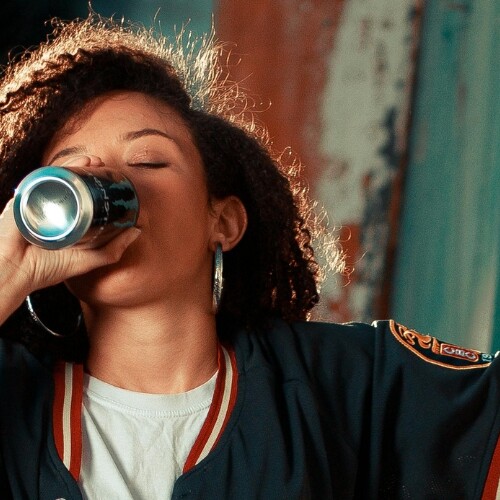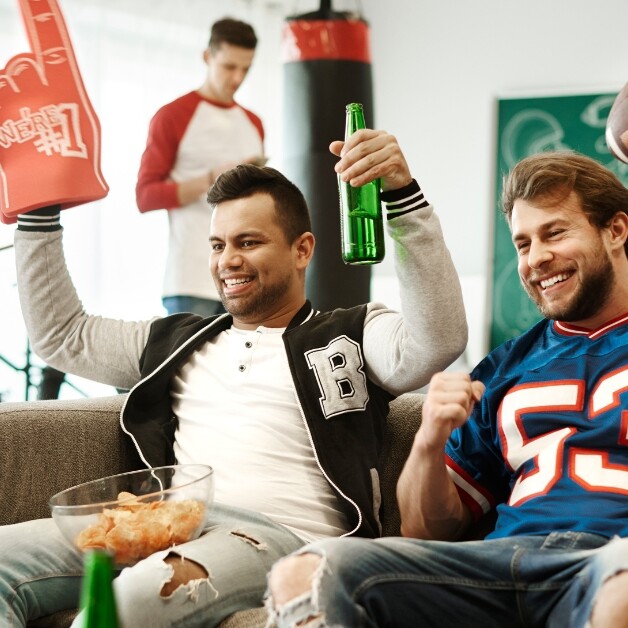Ready To Innovate?
Get in touch with our team of market researchers and behavioral experts to learn more about Insights in Marketing, and sign up to be the first to see our insightful case studies, infographics, and blogs!
Sign Up
"*" indicates required fields
Share this article:
Related Resources
CPG in 2025: The Flavorful, Functional & Fan-Driven Future of Consumer Goods
The Consumer Packaged Goods (CPG) industry is undergoing a massive transformation, shaped by evolving consumer…
Sip, Sip, Hooray!
Sip, Sip, Hooray! The RTD Cocktail Craze and the Mocktail MovementThere’s something special about a perfectly…
From Idea to Icon: The Life Cycle of a Super Bowl Ad
From Idea to Icon: The Life Cycle of a Super Bowl AdA…
Seizing Business Opportunities in the GLP Era
While GLP medications disrupt traditional health and wellness models, they also present unique opportunities for…



